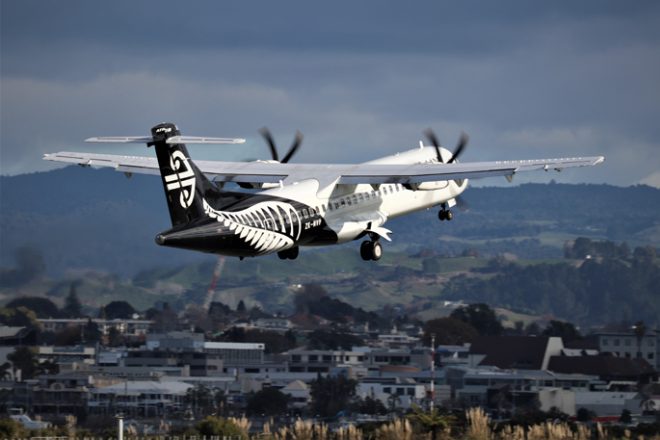생물보안 뉴질랜드는 다가오는 학교 방학을 앞두고 오클랜드 공항의 국경 입지를 강화하고 있습니다.뉴질랜드 생물보안 북부 지역 청장인 마이크 잉글리스 (Mike Inglis) 가 발표한 바와 같이 이 기간 동안 20명의 직원이 추가로 공항에서 근무하도록 배정될 예정입니다.
잉글리스 씨는 성수기에 대비해 다른 국경 기관 및 공항과의 공동 노력에 대해 언급했습니다.그는 동시다발적인 대규모 승객 유입으로 인한 어려움을 강조했습니다. 특히 많은 항공편이 일찍 또는 늦게 착륙하여 혼잡으로 이어지는 경우 더욱 그렇습니다.
이러한 상황을 관리하기 위해 Biosecurity New Zealand는 생물학적 보안 위험이 낮은 국제선 승객을 위한 고속 차선을 설치했습니다.또한 위험이 낮은 승객을 미리 식별하여 도착 시 더 효율적으로 처리할 수 있도록 디지털 신고서를 사용한 임상시험도 시작될 예정입니다.
그러나 공항에서 진행 중인 공사로 인해 공간적 제약이 따르지만 승객 수를 감당할 수 있도록 조정이 진행되고 있습니다.
국경 처리 역량을 더욱 강화하기 위해 새로운 검역관이 도입되었습니다.작년에는 전국적으로 64명의 경찰관이 채용되었으며 오클랜드에는 46명이 배치되었습니다.올해에는 81명의 신임 장교가 입회했으며, 그 중 56명은 오클랜드에서 근무하고 있습니다.11월에는 또 다른 채용 계획이 예정되어 있습니다.
이들 임원의 주요 목표는 최근 6월까지 574억 달러의 놀라운 수출 실적을 기록한 뉴질랜드의 1차 부문을 보호하는 것입니다.갈색 마모레이트 악취벌레, 초파리, 구제역과 같은 위협이 국내로 유입되는 것을 막는 데 여전히 초점을 맞추고 있습니다.
8월 한 해에만 생물학적 보안 위험을 초래하는 6,901개의 품목이 압수되었으며, 그 결과 해당 물품을 신고하지 않을 경우 각각 400달러씩 608건의 벌금이 부과되었습니다.
잉글리스 씨는 해외 여행자들에게 이해와 협조를 촉구했습니다.그는 도착 카드나 디지털 신고서를 정확하게 작성하고 모든 잠재적 위험 품목을 신고하는 것이 중요하다고 강조했습니다.또한 여행자는 가족 또는 단체로 함께 머물며 도착 시 신고되지 않은 위험 품목을 지정된 사면 보관함에 폐기함으로써 처리 시간을 단축할 수
있습니다.




























































